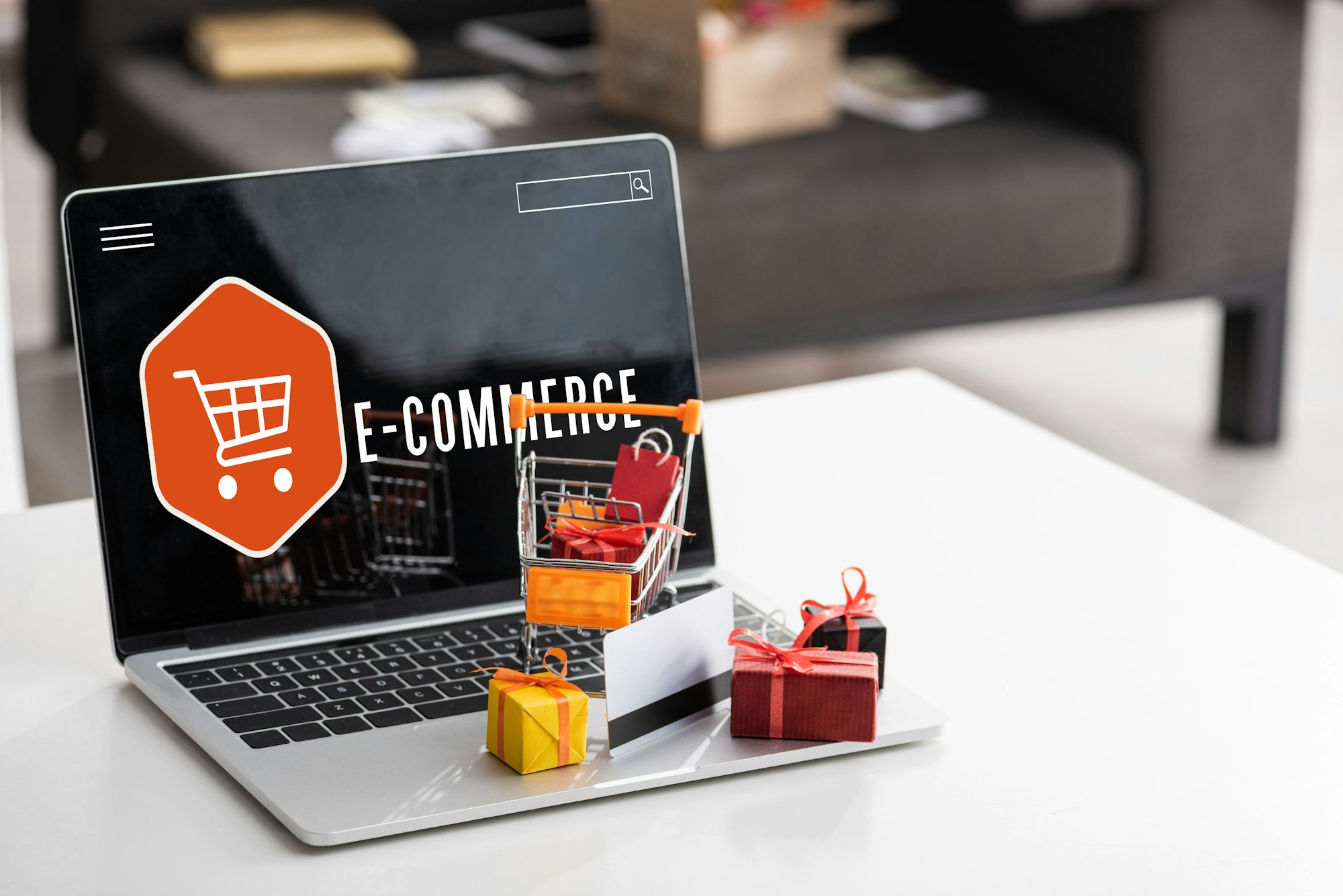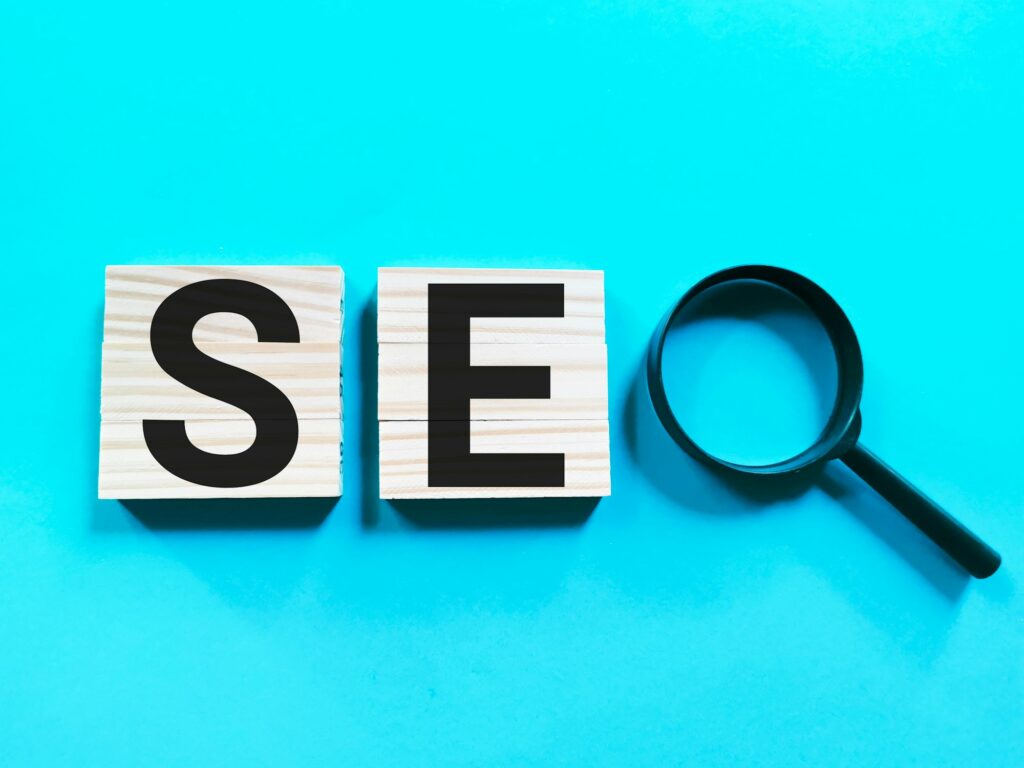Ecommerce: The Definitive Guide To Online Selling In 2025
Whether you’re refreshing your current ecommerce proposition or opening a fresh online store, your business requires a solid road map to pursue on your journey to resonating success.

From demand generation to conversion optimization, this guide instructs you on everything you must know in order to begin planning your ecommerce strategy for 2025. Utilize these tips, tricks, case studies, and lessons learned to develop a plan for your ecommerce store to win, engage, and delight more customers.
Table of Contents
ToggleWhat is Ecommerce?
Ecommerce is any activity of buying or selling goods and services online. This may range from items such as gadgets or sporting equipment to software packages and other online services.
Unlike a traditional physical store, all ecommerce interaction and transaction occur over the internet. This has transformed retailing by addressing the evolving needs of contemporary consumers and simplifying shopping.
Types of Ecommerce
Business to Consumer (B2C)
Sales occur between the consumer and the business. For instance, if a customer purchases a laptop through Amazon, they’ve just made a B2C ecommerce sale.
Business to Business (B2B)
Goods and services are transferred from one business to another.
Consumer to Consumer (C2C)
A single individual selling a good or service to another individual using the internet. C2C e-commerce examples include platforms and marketplaces such as eBay, Etsy, or Craigslist.
Advantages of Ecommerce for Businesses and Customers
Retail ecommerce sales worldwide are expected to grow by 50%, reaching 7.4 trillion dollars in 2025. But if you’re still on the fence about ecommerce, there are benefits to indicate that this way of doing business isn’t just rapidly growing, it’s here to stay.
Here are some of the most significant advantages ecommerce brings to customers:
-A wide range of goods to choose from
-A shopping experience with added simplicity and comfort
-Quicker and easier transactions
-More informed purchasing decisions
-Easier price and product comparisons
From less financial investment to worldwide selling possibilities, ecommerce is a huge deal in the world of business. Here are the most significant benefits that online retail can bring to business owners and their companies:
-Lower overhead costs
-More access to customer data insights
-The ability to sell goods worldwide and around-the-clock
-More control over the process of selling and tracking
-More visibility to prospective customers through SEO
3 Ecommerce Trends for Retail Businesses in 2025
As technology continues to evolve and consumers change, you must look out for industry-defining trends. Upgrade your ecommerce shop by capitalizing on these ecommerce trends:
-
Expansion in volume and value for Ecommerce Shopping
Consumers will actually turn to online shopping next year. Ecommerce sales have been increasing steadily, with a 12.2% year-over-year growth projection. There are numerous reasons why online shopping has increased, including:
An increasing amount of voice search: increasingly, more and more consumers are using smart speakers and voice assistants to make their purchases. As more and more households use the technology, more and more consumers will use voice search to shop online, order takeout, and plan their lives, with voice commerce sales projected to reach over $30 billion by 2024. This presents an opportunity for ecommerce companies in keywords and content.
Mobile shopping speeds up: mobile ecommerce on websites and apps will hit $728.8 billion, and represent almost 44% of US retail ecommerce transactions by 2025. These shining statistics demonstrate that enhancing the ecommerce experience for mobile users can be an enormous opportunity for companies to exploit.
-
Personalization: leveraging insights to craft bespoke Experiences
Personalization is the ecommerce future. Both B2B and B2C consumers are seeking personalized, bespoke online shopping experiences, with 49% of them stating they would probably be repeat customers if a retail brand provided them with a personalized experience.
Whether you incorporate it into your marketing, or go further and feature it on your ecommerce platform, personalized shopping experiences can drive more sales. Following are a few suggestions of how you can provide personalization and increase customer loyalty:
-Incorporate personalized customer messages in email marketing, chatbots, and other forms of messaging
-Utilize user feedback to provide tailored offers in line with your customers’ interest
-Develop focused content to communicate with your customers through video
-
An increase in AI in online shopping
Using artificial intelligence (AI) for an ecommerce business is becoming a key component of successful CRO strategies. From managing inventory to customer support, there are numerous ways in which AI can benefit online stores in 2025:
AI assists companies in understanding consumers: through gathering information on how a consumer shops, when they make a purchase, and what they are searching for in a service or product, AI and machine learning enable online retailers to supply current and future customers with robotized, custom-designed shopping experiences.
Chatbots offer enhanced customer service: the virtual assistants act to bridge the gap in service by offering 24/7 support for your customer base. The more that you engage with this kind of ecommerce software, the more responsive the bot will be to answering questions, and assisting users toward a successful purchase.
Targeted advertising and marketing to the perfect customer: with accurate customer information, AI can even create customized content and advertisements to cater to individual user requirements and target groups. It can even forecast shopping patterns based on a user’s online behavior, allowing for future ecommerce marketing campaigns to be optimized.
How to Create An Ecommerce Business: Step by Step
Select the Perfect Ecommerce Platform for your Business
Compare and contrast the various ecommerce platforms out there—Shopify, Bigcommerce, WooCommerce, Wix, Squarespace, and others—and choose the best for your online shop.
How to Design an Amazing Ecommerce Website
Ecommerce website design is all about wowing customers each time they engage with your site. The aim is to craft a site that clients enjoy and can gain value from in a bid to cut bounce rates and increase your brand image and sales.
Design the Ultimate User Experience for your clients
The most important characteristics your ecommerce site should possess. Learn the most important ecommerce UX design principles, elements, and best practices that will enable you to provide an amazing shopping experience to your customers.
Ecommerce Business strategies to Improve Conversions
An effective conversion rate optimization (CRO) strategy is the key to fulfilling your customers’ expectations, providing a good user experience, and improving your sales in the long run.
Use the jobs-to-be-done Approach to Your Ecommerce Company
Boost online sales with the jobs-to-be-done (JTBD) approach: uncover insights and identify opportunities, test ideas and rank changes, gain buy-in and align your team, and identify issues and rank fixes.
How Bloom Agency can Increase your Ecommerce Sales
Bloom Agency products, tools, and features for online businesses are built to review your site from the customers’ point of view. Discover how to use Bloom Agency to serve your customers better and surpass their expectations.
But wait! There’s more! All you need to know to operate a successful online business
→ Whether you are a seller, buyer, or enabler, if you’re interested in venturing into the digital world of ecommerce, you must be equipped with the ecommerce jargon that is being floated around in everyday conversations.
→ And if you’re serious about growing your business into a brand , you will need the right ecommerce analytics tools to measure your customers’ behavior.








Rahul M.
B2B Service Provider